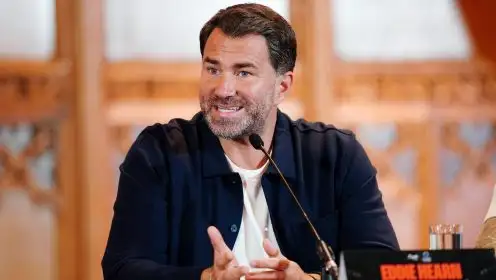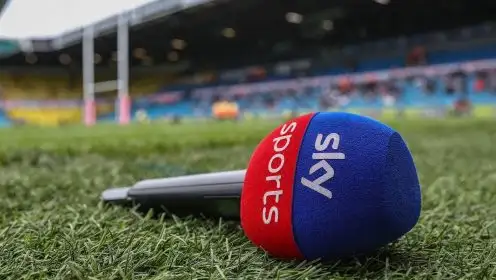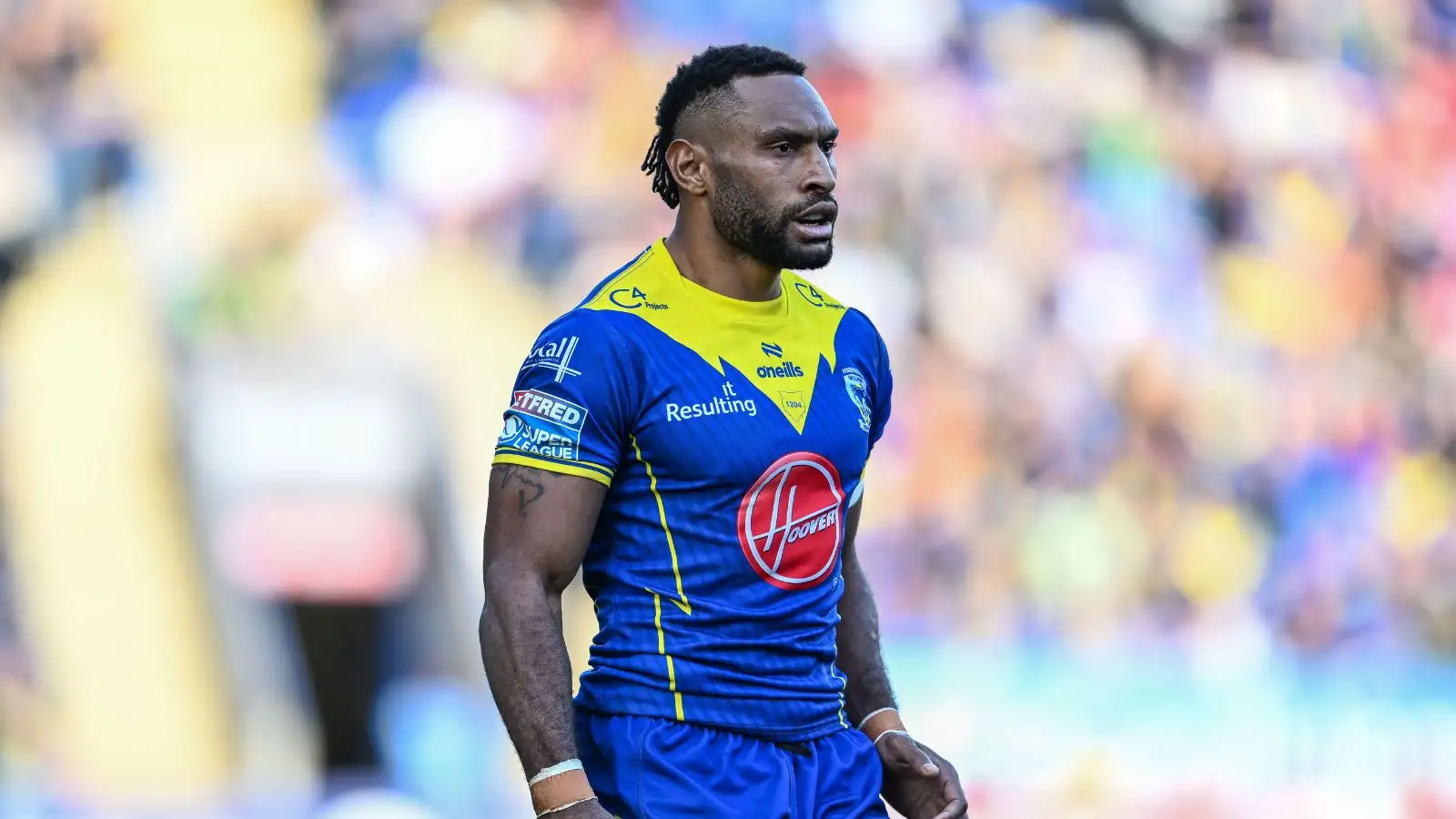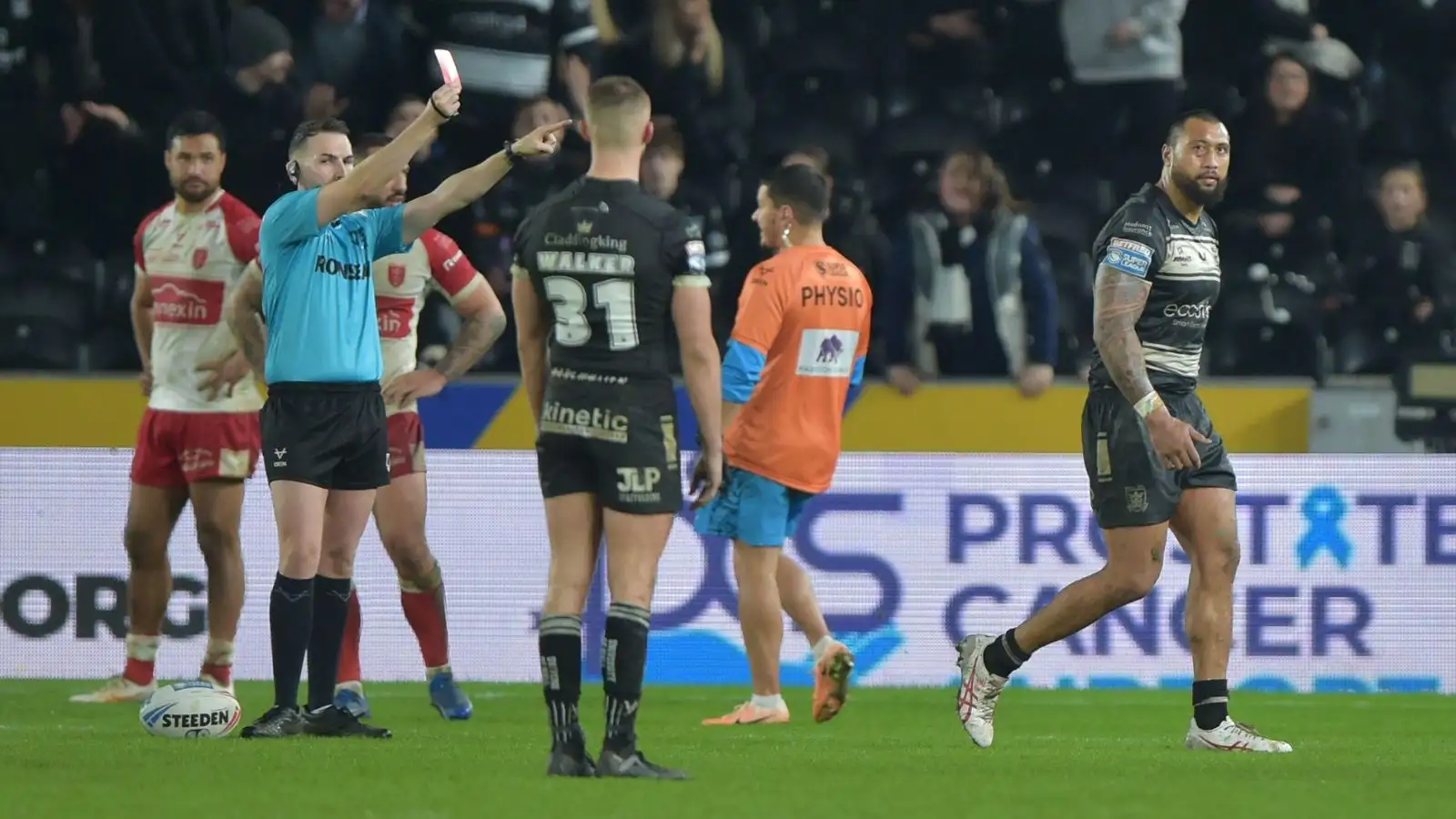The HUGE problem Super League has which Australia doesn’t talk about: or understand
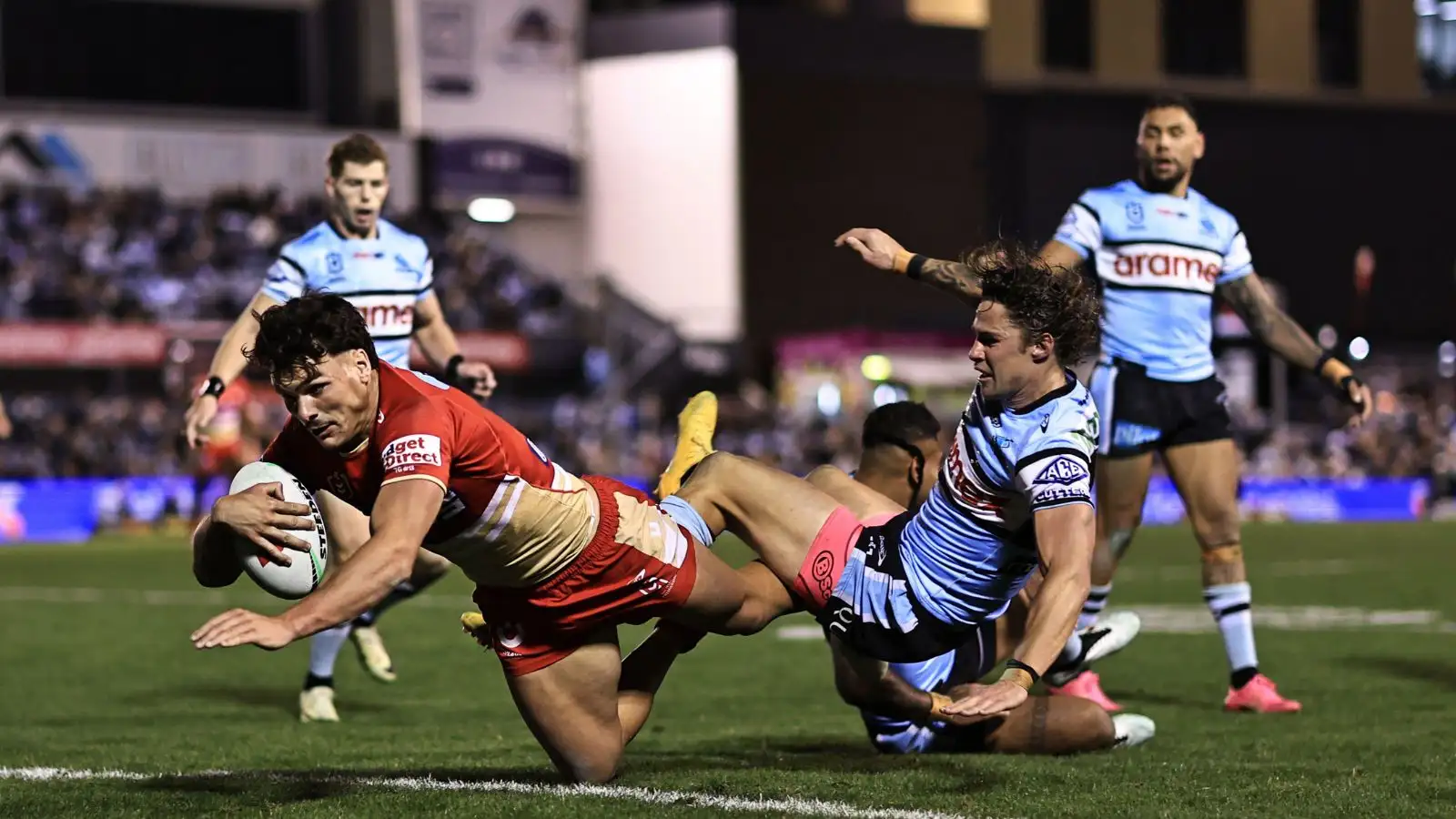
Herbie Farnworth scoring for the Dolphins against Cronulla
Did you see the big transfer news?
No, not Dominic Solanke to Spurs or Stefano Utoikamanu to the Storm. Not even Lachlan Lam’s saga about whether he prefers lobby or chip spice in 2025.
It was John McAtee’s move from Luton Town to Bolton Wanderers. Forgiveness if you missed it, and forgiveness again for asking what it has to do with rugby league. Let’s look at it another way around.
On the most recent episode of James Graham’s excellent The Bye Round podcast, he sat down with Herbie Farnworth for a chat about his career in the NRL, and invariably began with a cursory mention of his long-rumoured potential other career in football.
This is a fairly regular piece of trivia in the NRL media that he had trials at Manchester United and Farnworth’s answer is, unfortunately, quite boring. Yes, he did, when he was nine. No, he didn’t go anywhere with it.
The elaboration he gave on Jammer’s pod was pretty obvious to anyone in the UK though absolutely not obvious to anyone in Australia, which is that Manchester United look at thousands of kids and literally anyone remotely athletic will have come into contact with a football club at a young age.
Farnworth is from Blacko, close to Burnley, and thus far more likely to be a footballer than a rugby league player. In fact, he’s the only player from Burnley this journalist can remember in 25 years of watching the game.
For Australian readers: Burnley is 25km from Rochdale and 50km from Bradford, so geographically pretty close but a million miles away in a sporting sense. Rugby league barely exists.
Great Britain played New Zealand in neighbouring Blackburn in 2002 and they might as well have played it on the moon, so foreign was it.
Farnworth, a supreme athlete, is from football country and should be a footballer, and that he slipped through the cracks of that sport is a total fluke. My guess is that he might be rubbish at it, but, as we’ll see later, the fact he’s 106kg (just shy of 17st) at about 10% body fat is probably the biggest factor.
John McAtee, now gracing Bolton in the third tier of English football, is probably not the athlete that Herbie is, but has a very different background. He’s the son of former Saints halfback, also John McAtee, and raised in the rugby league heartlands. His grandfather and three granduncles all played professionally.
McAtee junior is 6’1, not far off Herbie, but he’s probably 25kgs lighter.
READ NEXT: NRL superstar Jason Taumalolo ‘rejects’ Super League approach with potential suitor named
That one plays league and one plays football might have something to do with individual aptitude, but it also has a lot to do with whichever spot is most dominance.
Herbie started packing on the pounds to make it in rugby league, but was probably predisposed to be that big anyway given his build. If he had half a chance in football, that’s almost certainly where he’d be.
Think about this every time someone questions why British rugby league is where it is. How much of an outlier must a kid be to play Super League?
Not just in the upper echelons of athletic talent, but also in a subsection of that echelon where they are too big to play soccer as well.
Of the current Pommy NRL cohort, all are forwards except for Farnworth, Dom Young – who is even bigger than Herbie – and Will Pryce, who is the son of a former international.
They’re all too big for football or from an unusual background that pointed them towards RL. Of course, some of them put on weight specifically because they were good at rugby league, but it’s hard to see how many of them would have ever been athletically possible as football players.
Again, think of it the other way around.
Alfie Devine, who plays for Spurs and England’s under-20s team, is the son of Sean Devine, the ex-Saints and Oldham half. Kylie Leuluai’s son just signed for Burnley. Jermaine McGilvary has kids in the youth systems at both Manchester City and Manchester United..
Had they grown up in Sydney, all of these kids would probably play rugby league.
Brad Drew’s son is in the A-League and Daryl Halligan’s daughter just won a silver medal in water polo, but beyond that, you can’t move for the offspring of ex-players in the NRL.
Athletic people have athletic kids and they can largely do whatever sport they like, but in Australia, rugby league gets the first pick of the athletes. In England, you get fifth pick and the big kids.
There’s plenty of other structural reasons why these things happen, not least the ability to use profits from societally parasitic slot machines to drastically reduce the price of junior participation.
If Wigan and Saints had a proprietary casino across the road like those at Penrith and Parramatta, they’d probably have a better junior system than they already do.
Ironically, the cost of having a kid who is good at soccer in Australia is exorbitant, which is why only kids from rich areas and those with their own licensed clubs – usually tied to a historically soccer-playing migrant community – end up playing professionally.
READ NEXT: Wigan Warriors, Warrington Wolves icons and Sam Burgess inducted into NRL Hall of Fame
In rugby league, it’s all covered by the league’s clubs, which is great for the NRL though perhaps not for anyone with a relative sticking their pension into the poker machines.
This whole piece isn’t to say that English rugby league shouldn’t and couldn’t be better. Neither is to suggest that there’s no point. But it is to add vital context to why the disparity exists.
In Australia, professionalism in rugby league supercharged what was already a gap. In the UK, it did plenty, but also happened at a time when rugby league was a rabbit in the headlights as the biggest sporting show on earth sprung up next door.
The average wage in League One, where John McAtee is now playing, is £6,000 a week. Herbie Farnworth had to move to the other side of the world to get £7,000.
John McAtee’s brother James was relegated with Sheffield United last year and earns more than Kalyn Ponga, the best paid rugby league player on Earth.
There are ten Super League clubs in the north of England and 18 clubs at League One level or higher. The economics are obvious. An athletic kid has a better chance at any level of football than of making it in rugby league, and if they get there, they’ll last longer and be healthier too.
Here’s a cautionary tale.
The best junior player I ever faced was Kyle Eastmond, who played 6 for Oldham, Oldham St Annes and Radclyffe School at a time I played 6 for Rochdale, Royton Tigers and St Cuthbert’s High.
We played multiple times a year for years at rep, club and school footy and I don’t think the team I was on won once. Kyle was a freak. He played for England at league and union, but retired hurt at age 31, battered from years of physical contact.
His cousin, Craig Eastmond, was in the academy at Arsenal and made ten appearances for the Gunners, but carved out a solid career in the lower divisions and, at the age of 33, is still earning money from his sport.
There are roughly 12 million people in the north of England and roughly 12 million in New South Wales and Queensland. The difference is that rugby league gets first refusal on the best four kids in every PE class in one and in the other, it starts picking from the fifth.
READ NEXT: Ranking the 9 best locations to SAVE Magic Weekend with Elland Road disaster doomed to fail
